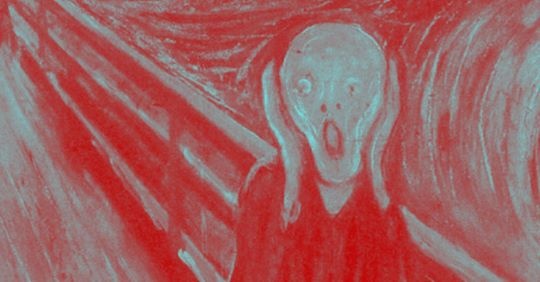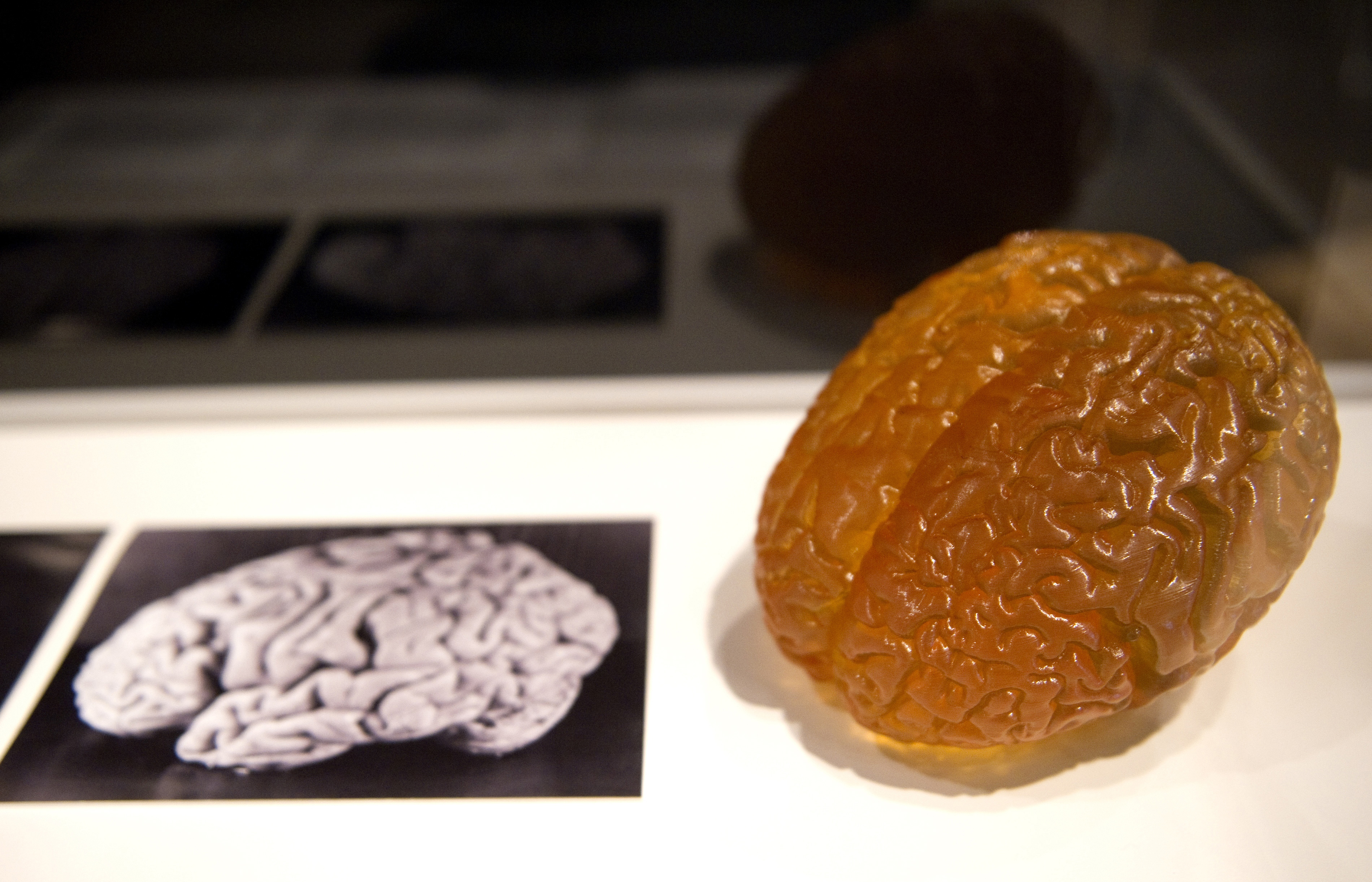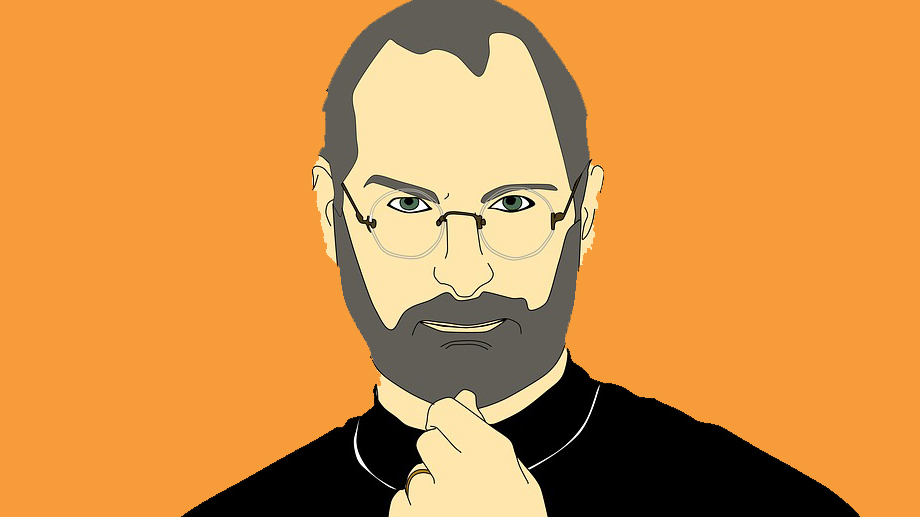genius
What makes some scientists culturally significant, while others remain in obscurity? Well, there’s a science to it.
▸
9 min
—
with
Labeling thinkers like Albert Einstein and Steve Jobs as “other” may be stifling humanity’s creative potential.
▸
14 min
—
with
Your brain’s heightened sensitivity can make you perceptive and creative. But it’s a double-edged sword, researchers find.
This polymath’s papers—full of personal and scientific revelations—have joined the World Register.
Here are four great brains from great minds, and how they differ from yours.
This infographic, by Anna Vital from Funders and Founders, recaps the significant moments of Steve Jobs’ journey on, and sometimes off, the path of success.
Humans worship at the altar of excellence, but is our complete obsession with this “quality controlled” mode of intellect holding us back?
▸
5 min
—
with
Einstein believed his greatest blunder to have been the retraction of one of his equations but, as writer David Bodanis tells, the great scientist’s misstep actually happened immediately after.
▸
4 min
—
with
A new study from Cornell University shows how metaphors influence our ability to be impressed by genius and uncovers a gender hook – it seems we prefer to conceive of male genius as an exciting idea explosion, and female genius as a long, hard labor of hard work.
Genius kids are caught in the Goldilocks oatmeal paradox – if there’s too much heat on extracting their ability they suffer, but keep too cool a distance and they’ll be wasted.









